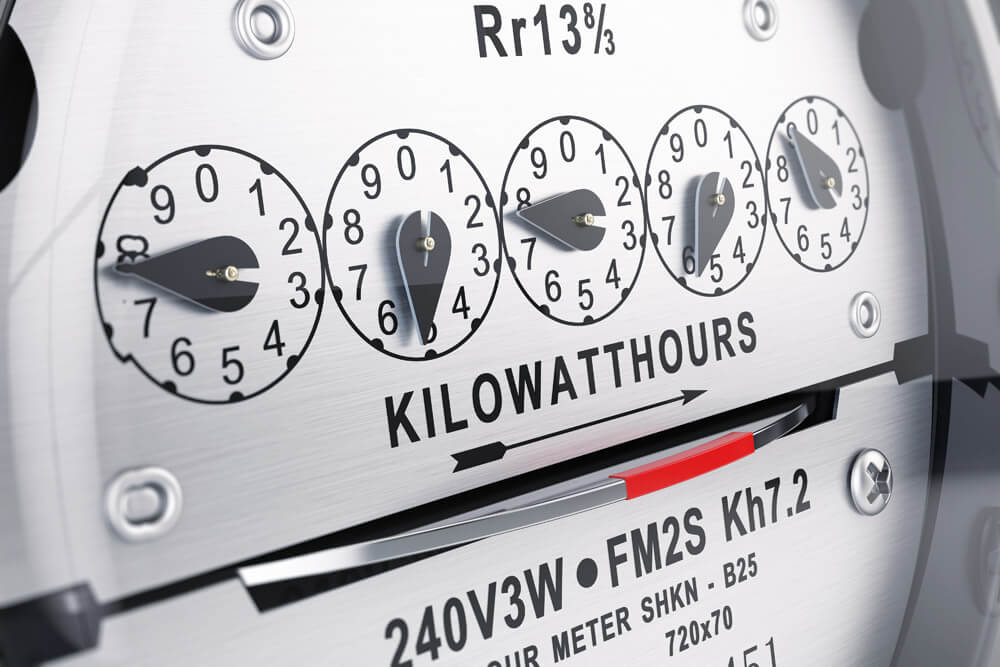One county in Washington state is raising the electricity costs for Bitcoin mining substantially over the next three years.
It’s going to get a great deal more expensive to mine Bitcoin in Grant County, Washington. A number of Bitcoin mining operators have flocked to the region due to the lower power cost that comes from the local hydroelectric plant. The Grant County Public Utility District (PUD) recently approved a rate hike for electricity that targets cryptocurrency mining. Under the new rules, the power costs for mining can increase as much as 50 percent (and actually appears to be higher than that in practice).
Electric Bill Going Up!
The recent rate increase is called Rate 17, and it was specifically designed for “evolving-industries” – which means Bitcoin mining. The Grant County PUD voted in the new rate to ensure that core customers (residents and small businesses) can still enjoy below-cost power rates.
The breakdown for Rate 17 is that Bitcoin mining operators will pay an extra 15 percent in 2019, then 35 percent more in 2020, and finally a total increase of 50 percent more in 2021.
The Grant County PUD notes that other large industries pay above-cost power rates, but it does appear that the miners are being singled out for such a large increase. A number of cryptocurrency miners showed up at the PUD’s meeting, where they heard the following from Commissioner Tom Flint:
Your industry is unregulated and high-risk. This is the best way to ensure our ratepayers are not impacted.
Bitcoin Mining Putting a Strain on the Local Grid
The reason for this rate hike is that the increased demand from miners is putting a strain upon the local grid. The county has received service inquiries from crypto miners that are almost triple the power currently needed to power all of the area’s homes, businesses, and farms.
Utility companies say that they have to beef up capacity at substations to meet the demands of crypto miners. Such beefing up costs money, and there is no guarantee that mining is going to be staying around for the long haul. Plus, critics point out that such operations don’t bring in a ton of jobs like a factory or office building would. Still, they do bring in jobs, which shouldn’t be scoffed at.
The actual rate increase will depend upon the individual customer. Miners who normally pay a residential rate of 4.9 cents per kilowatt-hour would eventually pay 13.7 cents per kilowatt-hour on an average anticipated use of 20,000 kWh. Conversely, a larger-scale outfit that has a billing demand of 2 megawatts and a load factor of 92.5 percent would see their rate go up from 2.6 kWh to 7.9 cents per kWh. This assumes an average of 5 MW per month.
It is true that Bitcoin mining uses a lot of power, but the apocalyptic scenario that critics paint is just flat-out wrong. The banking industry currently uses 3 times the power than crypto mining. You can bet that the local banks are not being hit by these rate increases.
The commissioners of the Grant County PUD have definitely put crypto miners at the back of the line. Before any application from an “evolving-industry” can be considered, all applications from manufacturing, agriculture, and traditional industries must be fully addressed. Plus, miners have to pay all the costs associated with connecting them to the grid, such as poles, lines, transformers, and so on.
Do you think these rate increases are fair? Are Bitcoin miners being singled out? Let us know in the comments below.
Images courtesy of Shutterstock.
